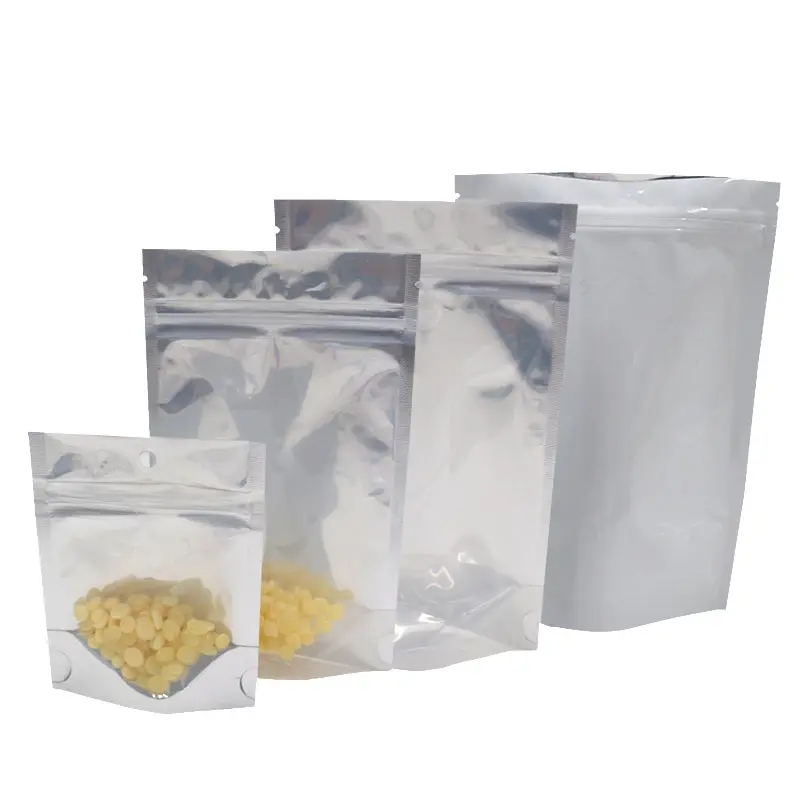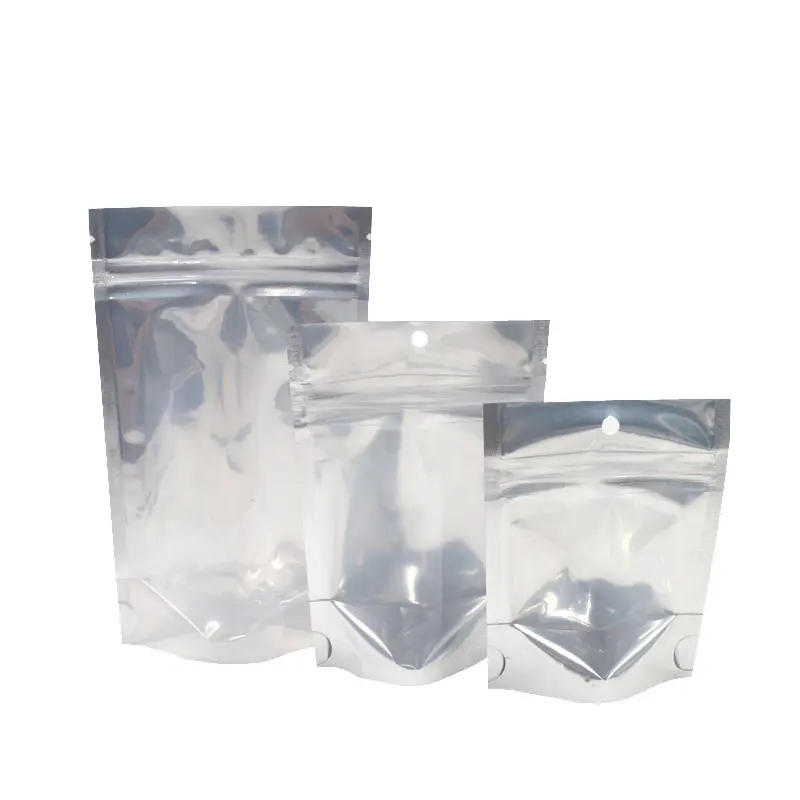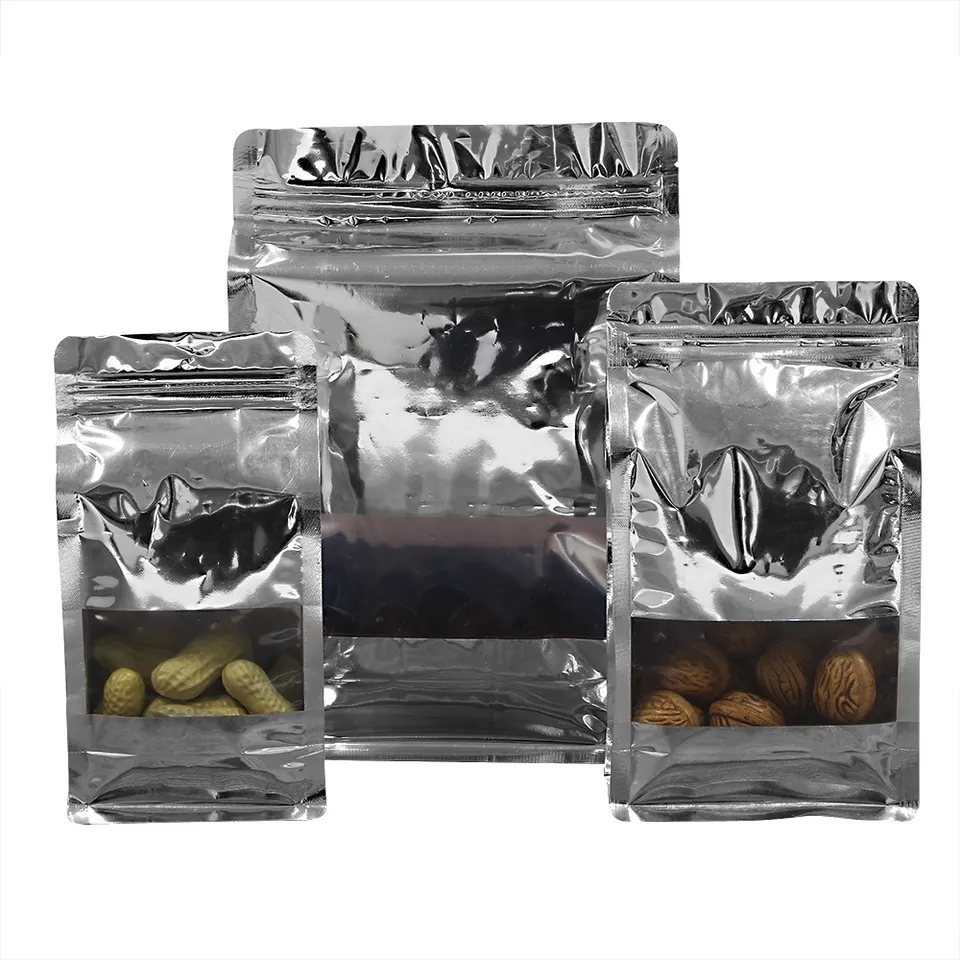Introduction:
As the global coffee industry continues to thrive, the importance of sustainable practices and eco-conscious packaging becomes increasingly evident. Coffee producers, retailers, and consumers are collectively embracing the concept of environmental responsibility, leading to a transformation in the way coffee is packaged. This article explores the future of coffee packaging, focusing on the emerging sustainable and innovative solutions that prioritize environmental conservation without compromising the quality and convenience of the beloved beverage.
1. Sustainable Materials Taking Center Stage:
In the quest for more sustainable coffee packaging, the industry is witnessing a shift towards alternative materials:
a) Plant-Based Biodegradable Plastics: Plant-based biodegradable plastics, derived from renewable sources like cornstarch and sugarcane, are gaining popularity as eco-friendly alternatives. These materials decompose naturally, reducing the environmental impact compared to traditional plastics.
b) Compostable Packaging: Compostable coffee bags made from organic materials offer a circular solution by breaking down into nutrient-rich compost, nourishing the soil and contributing to a closed-loop system.
c) Recycled and Recyclable Materials: Utilizing recycled plastics for coffee packaging helps divert waste from landfills, and recycling coffee bags further reduces their environmental footprint.
2. Innovations in Packaging Design:
Coffee packaging is experiencing a wave of innovation to meet sustainability goals and consumer expectations:
a) Reusable Coffee Containers: Reusable coffee containers made from durable materials encourage customers to refill their coffee supplies, reducing the need for single-use packaging.
b) Edible Coffee Packaging: Edible coffee packaging, made from materials like rice paper, offers an innovative and sustainable option, where the packaging itself can be consumed along with the coffee.
c) Minimalist Design and Material Reduction: Packaging designers are embracing minimalist approaches, using fewer materials to reduce waste while still ensuring adequate protection for coffee beans.
3. High-Tech Preservation Solutions:
Advancements in technology are transforming coffee packaging, enhancing preservation and reducing waste:
a) Active Packaging: Active packaging includes intelligent features such as oxygen scavengers and moisture absorbers, extending the shelf life of coffee beans without the need for additional preservatives.
b) Smart Labels: Smart labels with RFID technology allow real-time monitoring of the coffee’s freshness, ensuring consumers are aware of the beans’ condition before purchase.
4. Consumer Education and Engagement:
Promoting sustainable coffee packaging requires a concerted effort to educate and engage consumers:
a) Transparent Labeling: Transparent and informative labeling allows consumers to make informed choices, understanding the environmental impact of the packaging they choose.
b) Sustainability Initiatives: Coffee producers can engage consumers in sustainability initiatives, encouraging them to participate in recycling programs or use refillable containers.
Conclusion:
The future of coffee packaging lies in sustainable and innovative solutions that prioritize environmental conservation while enhancing the coffee experience. Embracing plant-based biodegradable plastics, compostable materials, and recycled options allows the coffee industry to move towards a greener direction. Innovations in packaging design and high-tech preservation solutions ensure the quality and freshness of coffee beans are maintained, minimizing food waste. Additionally, consumer education and engagement foster a conscious coffee culture, where consumers play an active role in promoting sustainability. As the coffee industry continues to evolve, the harmonious blend of sustainability and innovation in coffee packaging will undoubtedly shape a more eco-friendly and enjoyable coffee journey for all stakeholders involved.


